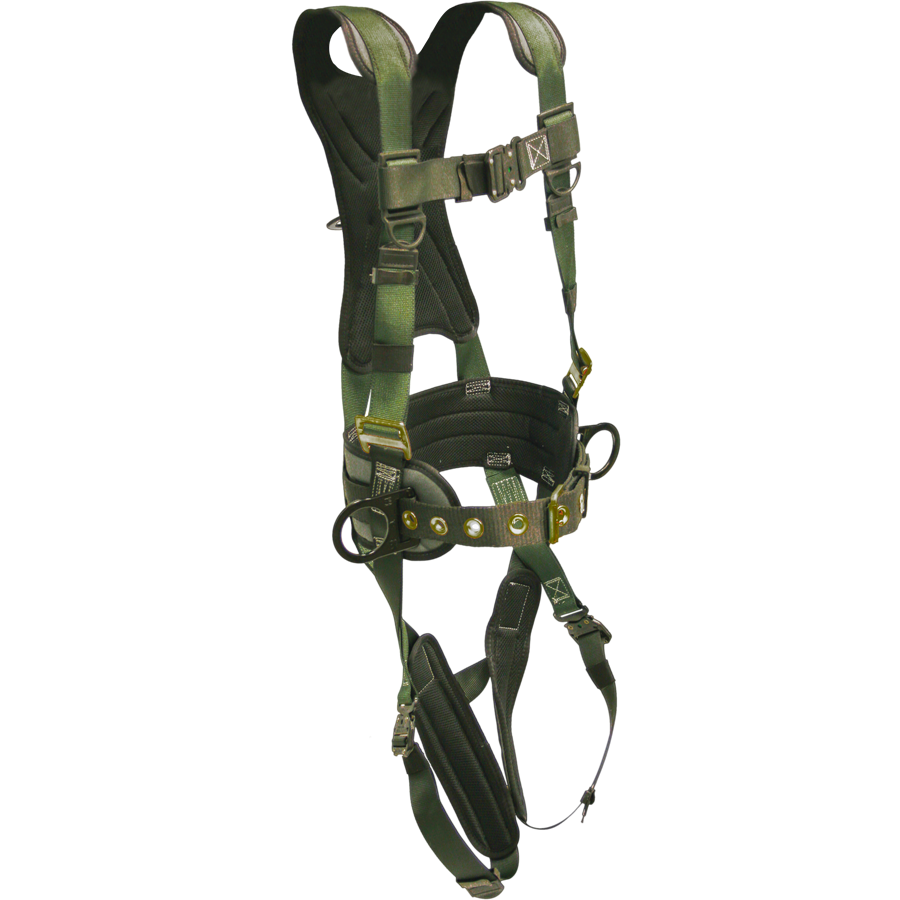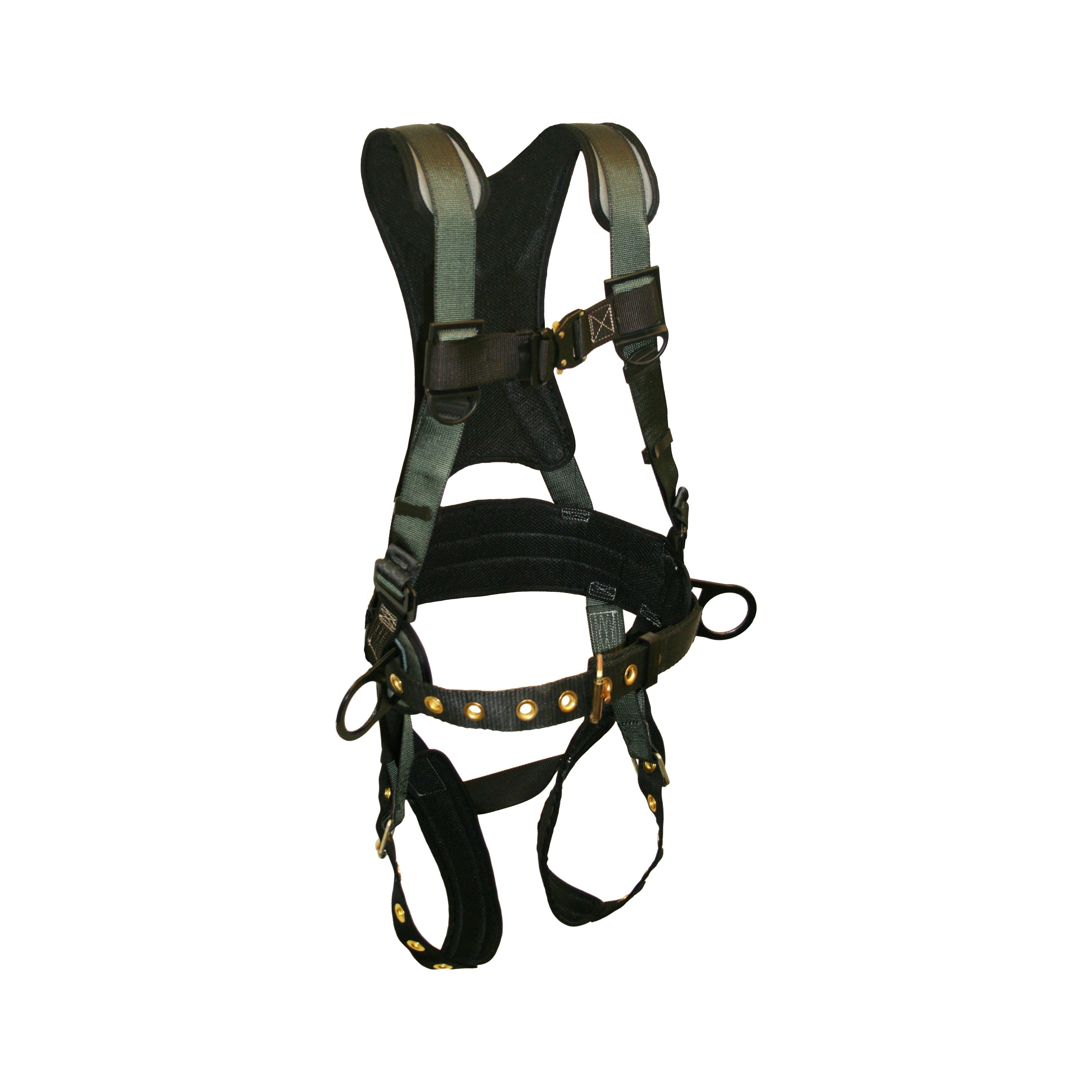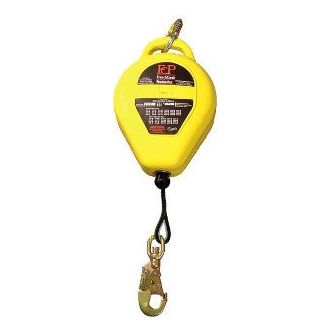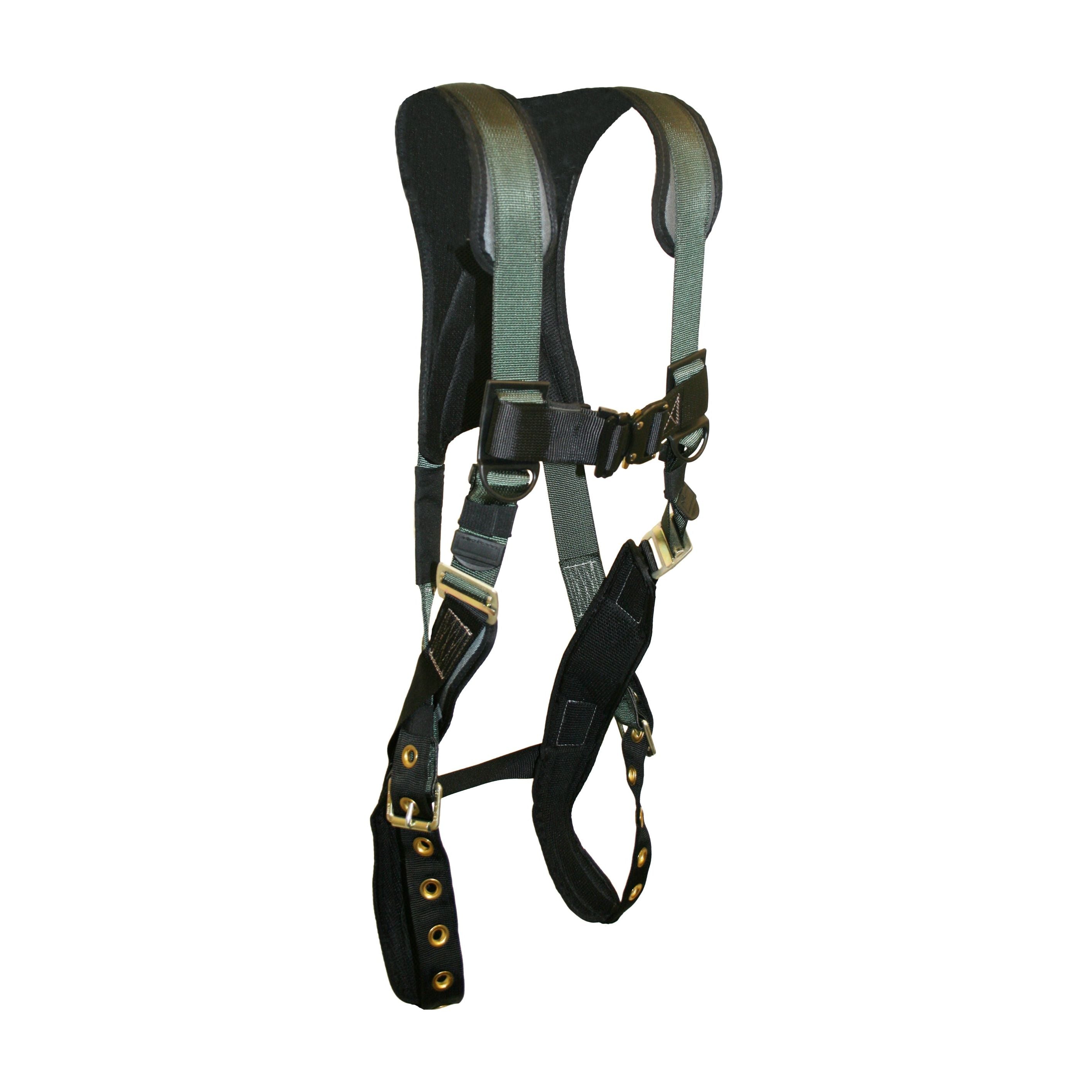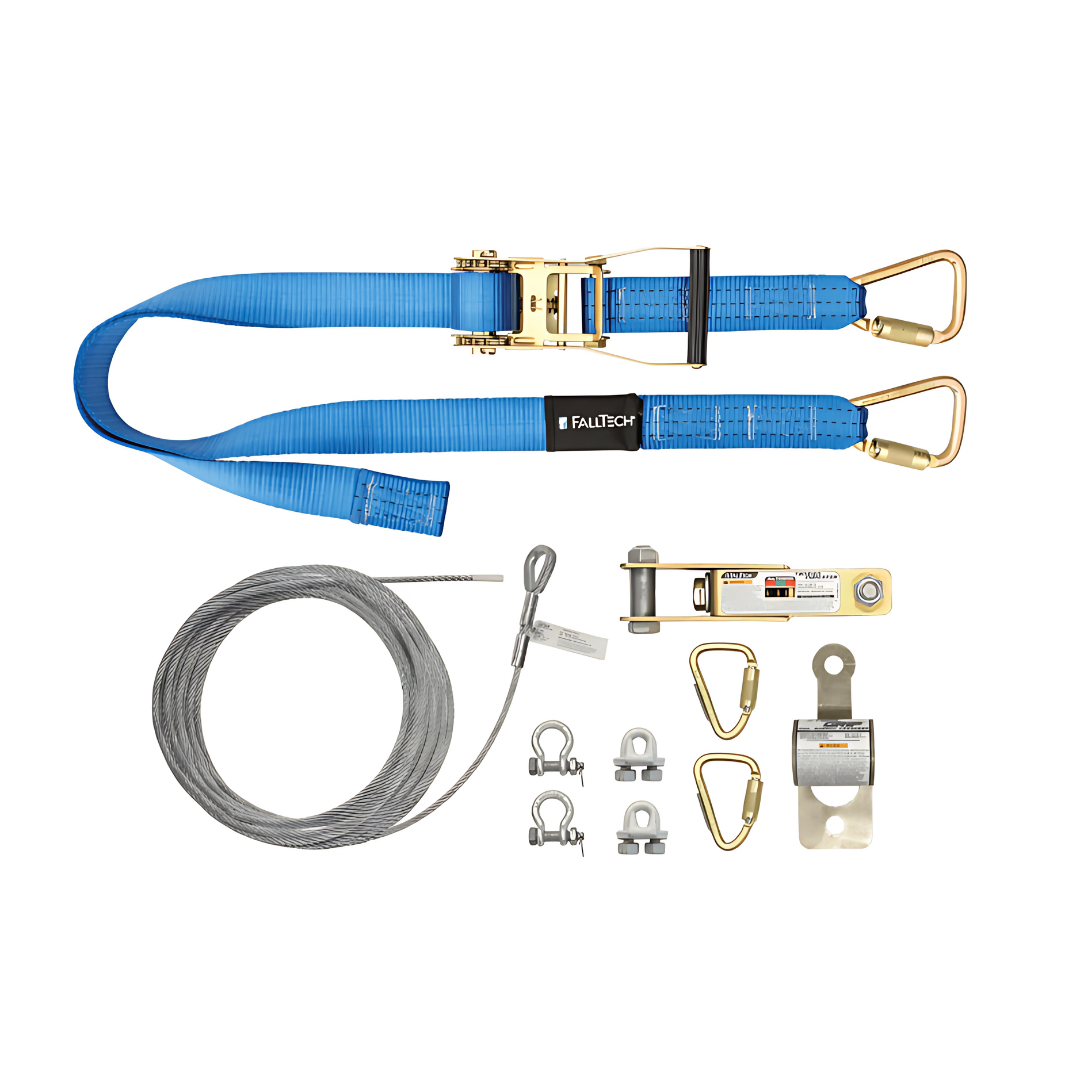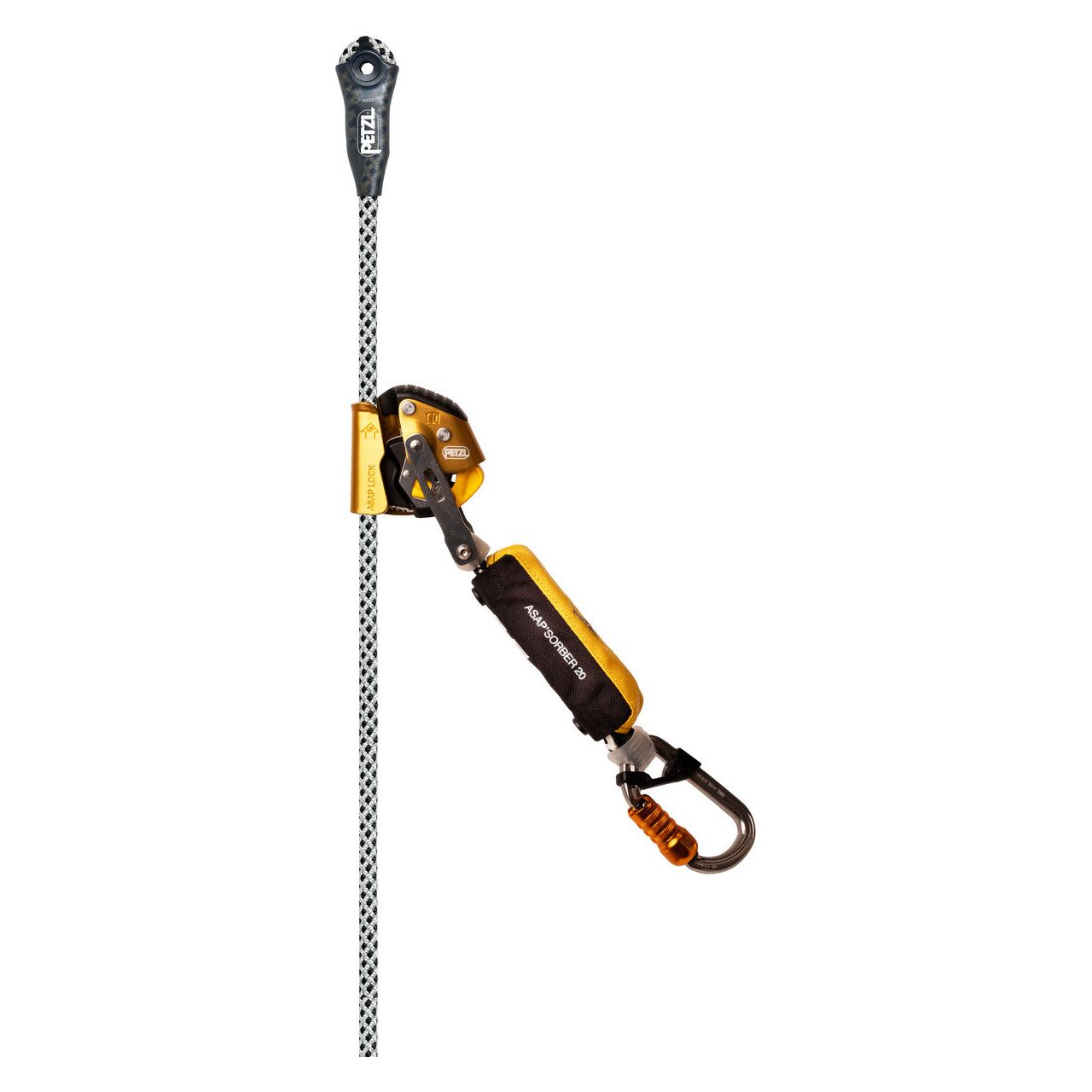Fall arrest is a critical component of fall protection systems designed to minimize the impact and potential injuries that may occur if a person falls from an elevated position. It is a safety measure implemented to protect workers or individuals engaged in activities at height, such as construction workers, window cleaners, or individuals working on elevated platforms.
The fall arrest system typically includes specialized equipment like harnesses, lanyards, and anchor points. In the event of a fall, the fall arrest system is designed to arrest or stop the fall, preventing the person from hitting the ground or a lower level. The key goal is to limit the forces exerted on the body during a fall to prevent serious injuries.
Key components of a fall arrest system include:
-
Harness: Worn by the individual, the harness distributes the forces generated during a fall across the body to minimize injury.
-
Lanyard: This is a flexible line that connects the harness to an anchor point or lifeline. It allows the individual to move freely while still providing protection in the event of a fall.
-
Anchor Point: A secure point of attachment, usually overhead, to which the lanyard is connected. It is crucial that the anchor point is strong and capable of withstanding the forces generated during a fall.
-
Energy Absorber: A mechanism that absorbs and dissipates the energy generated during a fall, reducing the impact forces on the body.
Fall arrest systems are an essential aspect of workplace safety, particularly in industries where working at height is common. Proper training, regular equipment inspection, and adherence to safety regulations are crucial for the effective implementation of fall arrest measures.

